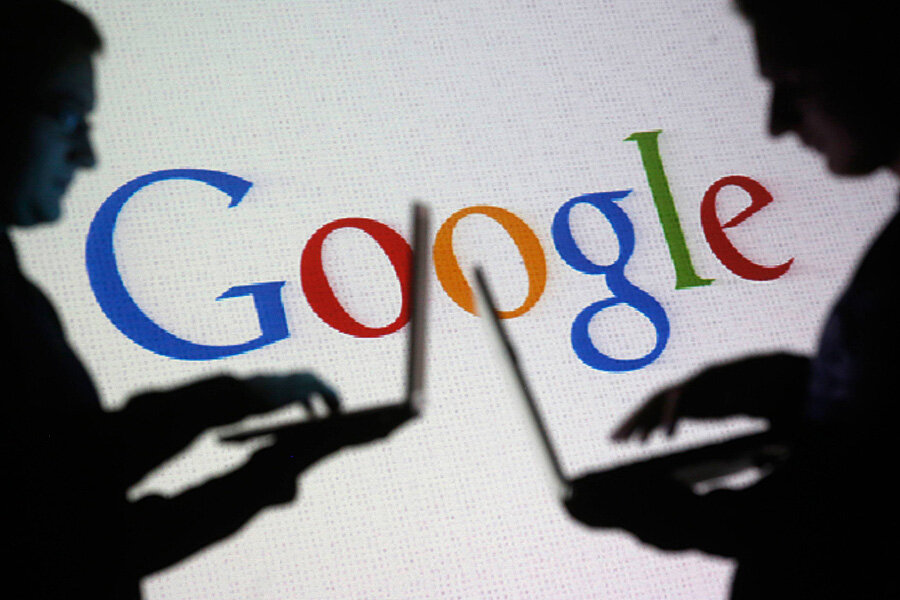Google hopes undersea cable will earthquake proof Asian internet
Loading...
Google’s 5,600-mile fiber optic cable, nicknamed “Faster,” now connects Oregon to the coastal Japanese cities of Chiba and Mie. The cable runs about 10 million times faster than the standard cable modem, at 60 terabits per second, and may make the internet in Asia more resilient to earthquakes.
Big information technology companies have recently taken to laying their own Internet cables instead of renting bandwidth on undersea cables and terrestrial connections operated by telecoms because of the immense amount of data they must transfer. In May, Facebook and Microsoft announced a deal to lay a new cable across the Atlantic from Virginia Beach, Va., to a data hub in Bilbao, Spain. This cable will have even faster bandwidth than Google’s, at 160 terabits per second.
Google and its partners – Global Transit, China Telecom Global, Singtel, China Mobile International, and KDDI – first announced the project in 2014. Japanese technology giant NEC laid the cable onto the floor with a cable-ship. Like most undersea cables, Faster is redundant, but its placement, speed, and ownership make it novel.
The position of Google’s “highest-capacity undersea cable ever built,” in the company’s own words, makes it less vulnerable than other cables. Google’s trans-Pacific connection claims to make the Internet in Asia more resilient to earthquakes. “The cable utilizes Japanese landing facilities strategically located outside of tsunami zones to help prevent network outages when the region is facing the greatest need,” says Google in its June 29 blog post about “Faster.”
Google says it will use the cable to support users in Asia, including Google Apps and Cloud Platform customers.
In a report for The Conversation, Nicole Starosielski wrote “The reality is that the cloud is actually under the ocean,” despite many people’s misconception that the internet is carried through satellites and Wi-Fi transmission.”
Professor Starosielski adds that the network of cables is not actually very connected,
Fewer than 300 cable systems transport almost all transoceanic traffic around the world. And these often run through narrow pressure points where small disruptions can have massive impacts. Since each cable can carry an extraordinary amount of information, it’s not uncommon for an entire country to rely on only a handful of systems. In many places, it would take only a few cable cuts to take out large swathes of the internet. If the right cables were disrupted at the right time, it could disrupt global internet traffic for weeks or even months.
Thus, companies like Google that may want more security in their internet are resorting to laying their own lines across the oceans. “We are seeing a very clear trend towards private networks becoming the major users of international submarine cable capacity,” Jonathan Hjembo, a senior analyst at Telegeography, told Wired. He added that private networks now use 60 percent of the capacity of trans-Atlantic cables.






